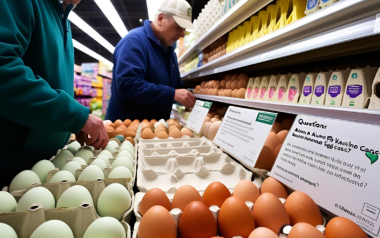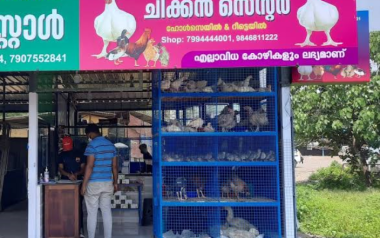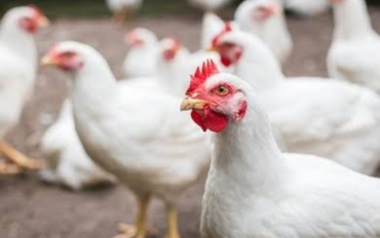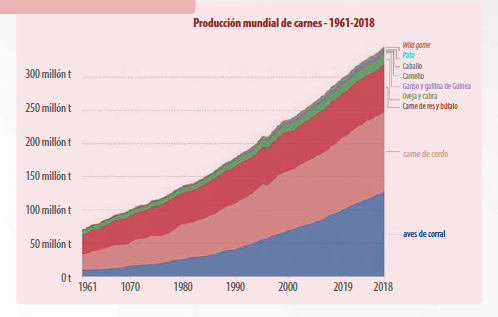
16 Sep 2021
Spaghetti muscle in broilers
Content available at: Español (Spanish)Spaghetti Breast is a relatively recent pectoral myopathy; was first detected in 2015 and described as […]
Available in other languages:
Content available at:
Español (Spanish)
Spaghetti Breast is a relatively recent pectoral myopathy; was first detected in 2015 and described as responsible for the loss of integrity of the Pectoralis major muscle in fast-growing chickens.
World poultry production has grown dramatically over the past decades, significantly expanding the consumption of chicken meat (Graph 1).

Graph 1.- World meat production – 1961-2018
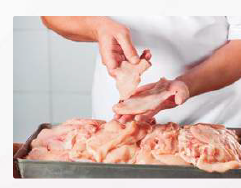
The consumption of chicken meat has also increased, due to the great properties of the meat, which allow the incessant development of innumerable and appetizing products of different shapes, flavors, and textures. Likewise, its high protein content and low-fat content make it very nutritive and healthy meat, also taking into account that it is outside of religious restrictions.
Continue after advertising.
Shortening of the grower cycle
On the production side, the growth impulse came together with the shortening in the grower period (16 days less than that of chickens in 1960) and the increase in slaughter weight (35% higher than that of their 1960 peers), which resulted in the gradual and continuous reduction of the cost of production and the increasing global affordability of chicken meat.
Turning the timidly developed chickens of yesteryear into today’s high-performing birds has only been possible thanks to continuous, significant, and concomitant advances in:
- Genetics
- Health
- Nutrition
- Driving
Breast, growing value in the market
This amazing improvement in the productive performance of the chicken has been even more significant in the case of the breast, due to the growing market value that it has gained in this time, which has raised the proportion of fillet on top from 16% to 22%. live weight over the course of just 16 years (Table 1).
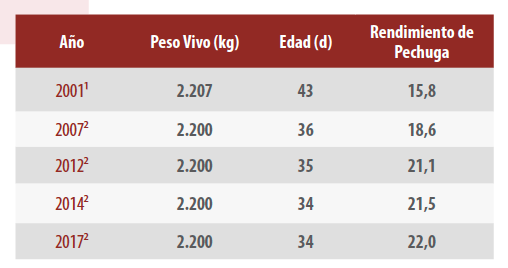
Source: Lohmann Information; 1 Havenstein et al., 2003; 2Ross 308 Broiler Performance Objectives
Myopathies in chicken meat
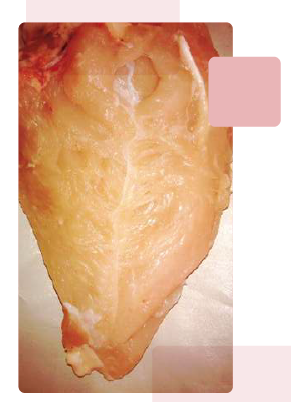
Photograph 2. Courtesy of Juan Carlos Abad
This emphasis on the development of the breast has resulted in important and different affectations in this anatomical portion of the bird. Known generically as myopathies, these affectations have different characteristics and locations in the carcass:
- Deep Pectoral Myopathy (DPM or Green Muscle Syndrome),
- Wooden Breast (WB),
- White Striping (WS), and
- Spaghetti Breast (SB).
Although they have different phenotypes, wooden, striped, and spaghetti breasts have certain common histological characteristics. Furthermore, it has not been possible to identify a specific gene capable of differentiating them from each other. All this suggests that they share at least some causative factors that give rise to them, which gives them a common etiology.
In other words, wooden, striped and spaghetti breasts appear to be just different responses of the muscle to the alterations generated by genetic selection. Corroborating this claim is the scientific finding that Spaghetti Breast appears to be an initial step towards the occurrence of WS.
Muscle hypoxia
Once the non-existence of a specific gene behind each myopathy has been established, the investigations that were followed to look for the underlying causes behind them have reached that the trigger responsible for their occurrences is muscular hypoxia. Muscle hypoxia stems from the fact that genetic selection to produce larger and larger breasts in recent decades, obtained through hypertrophy of muscle fibers, has not been accompanied by an appropriate increase in muscle vascular density.
Thus, the resulting reduced capillary: muscle fiber ratio has compromised, at the same time, the transport of oxygen and nutrients to the muscle, and the removal of metabolic by-products whose accumulation initiates the development of inflammatory processes in the muscle.
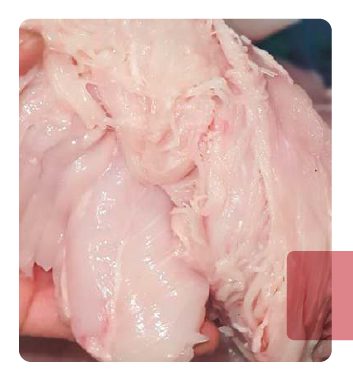
Photograph 3. Courtesy of Desiré Borrallo
When this occurs, the muscle tries to counteract hypoxia through different defense mechanisms, which comprise a complex network of biological reactions in conjunction with the regenerative process of the muscle, in order to restrict, in this way, the inflammatory process and the tissue necrosis. When muscle degeneration supplants the regenerative effort, the result is the necrosis of the muscle fibers and the occurrence of the different defects associated with the different myopathies.
Myopathies in chicken meat
Spaghetti Breast is a relatively recent pectoral myopathy; was first detected in 2015 and described as responsible for the loss of integrity of the Pectoralis major muscle in fast-growing chickens. Unlike the wooden and striped breasts, it has been seen that their presence in the carcasses does not seem to be clearly linked to the growth rate of the birds, breast yield, live weight, and slaughter age.
The same goes for the sex of chickens:
- While wooden and striped breasts tend to affect male chickens more commonly, researchers have detected a much higher incidence of SB in females than in males.
- It is conjectured that this is due to a different hormonal response in the regulation of metabolism, protein synthesis, intramuscular fat deposition patterns, and cell signaling during the genesis of myopathic conditions.
- Still, the real cause remains unknown due to the fact that the Spaghetti Breast is even less studied than the other myopathies.
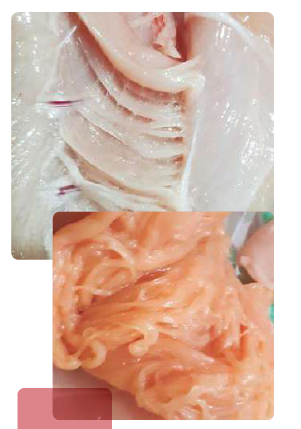
Photographs 4 and 5. Courtesy of Desiré Borrallo
In a normal breast, the muscle fibers, fiber bundles, and muscle, themselves, are tightly “bonded” to each other by different types of structural connective tissues. Still, in the Spaghetti Breast, the development of those tissues is poor, reducing the cohesion between the muscle fibers and compromising the integrity of the muscle. Within the lack of cohesion, the fiber bundles are easily separated by simply poking the breast surface with the fingers.
The muscle thus impaired and with its tender and honeyed appearance, due to the greater presence of free water between the muscle fibers, closely resembles a spaghetti dish, hence the name of myopathy.
- Ongoing research on ƒƒ suggests that it is linked to increased accumulation of lactic acid in muscle. This accumulation can cause connective tissue degradation in addition to being able to inhibit protein synthesis, which can also have an impact on maturation and, therefore, on the integrity of the muscle’s connective tissue.
- Additionally, the low muscle pH resulting from lactic acid accumulation can stimulate proteolytic enzymes to degrade developmentally labile connective tissue.
Another possible contributing factor is
TO CONTINUE READING REGISTER IT IS COMPLETELY FREE
Access to articles in PDF
Keep up to date with our newsletters
Receive the magazine for free in digital version
REGISTRATION
ACCESS
YOUR ACCOUNT
LOGIN
Lost your password?









